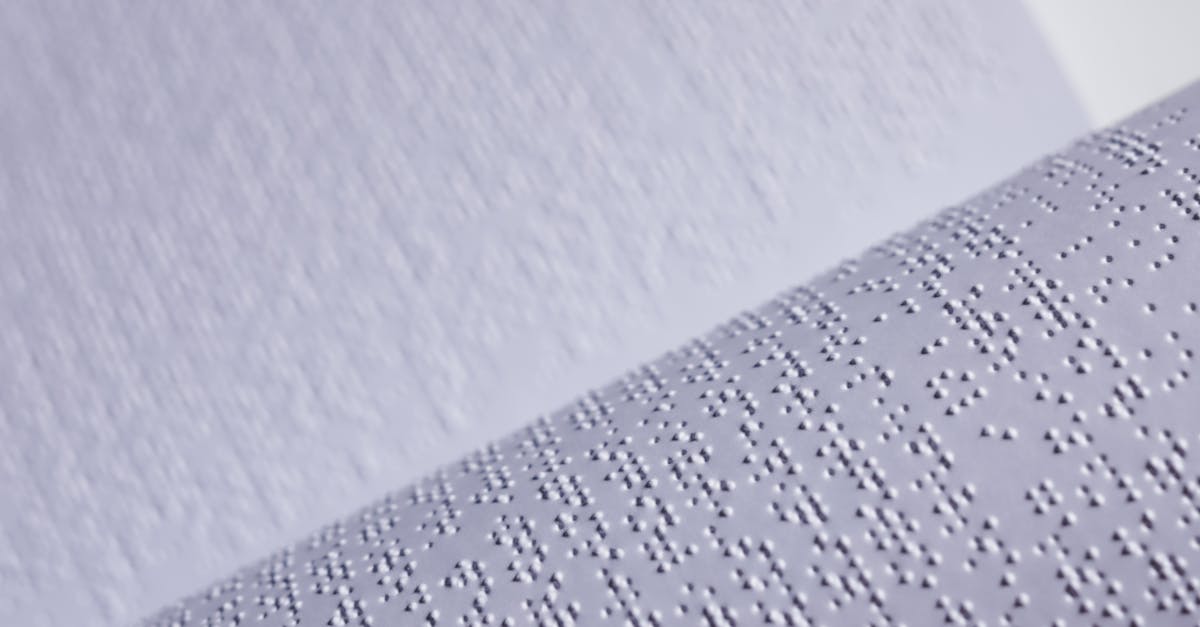To qualify for disability benefits due to vision impairment, understanding the specific requirements set by government programs is crucial. These requirements help determine if an individual meets the criteria to receive financial assistance, ensuring that those who truly need support can access it. This article will explore the necessary qualifications in detail.
| Requirement | Description |
|---|---|
| Visual Acuity | Measurement of central vision capability. |
| Field of Vision | Extent of peripheral vision and restrictions. |
| Medical Documentation | Comprehensive records from healthcare professionals. |
| Duration of Impairment | Length of time the vision impairment has persisted. |
| Functional Limitations | Impact of vision loss on daily activities. |
| Compliance with Treatment | Evidence of following prescribed treatments. |
| Age Factor | Consideration of age in the evaluation process. |
Visual Acuity
Visual acuity refers to the sharpness of vision and is a critical factor in determining eligibility for disability benefits. To qualify, an individual typically needs to have a vision acuity of 20/200 or worse in their better eye, with corrective lenses. This measurement indicates that even with glasses or contacts, the person’s vision remains severely impaired, making it difficult to perform everyday tasks.

Field of Vision
The field of vision encompasses the entire area that a person can see when looking straight ahead, including peripheral vision. For disability benefits, individuals may be required to demonstrate a significant loss of their visual field, often defined as having a field of vision of 20 degrees or less. This restriction can severely limit a person’s ability to navigate their environment safely.

Medical Documentation
Thorough medical documentation is essential for substantiating a claim for disability benefits. This includes detailed reports and evaluations from ophthalmologists or optometrists, outlining the nature of the vision impairment, tests conducted, and treatment history. Comprehensive records help establish the severity and permanence of the condition, which is vital for the application process.

Duration of Impairment
To qualify for disability benefits, applicants must demonstrate that their vision impairment has been present for a certain duration, typically at least 12 months. This requirement ensures that only individuals with long-term disabilities receive assistance. Temporary vision issues do not meet the criteria, as the focus is on chronic conditions that significantly impact daily functioning.

Functional Limitations
Functional limitations refer to how the vision impairment affects an individual’s ability to perform daily activities. Applicants must provide evidence of how their condition restricts their ability to work, drive, read, or engage in social activities. This aspect of the evaluation is crucial, as it helps illustrate the real-world impact of the visual impairment on the applicant’s life.

Compliance with Treatment
Compliance with prescribed treatments is another factor considered during the evaluation process. Individuals applying for disability benefits must show that they have followed their doctor’s recommendations for treatment, including medication, therapy, or surgical interventions. Failure to comply without a valid reason can lead to denial of benefits, as it may indicate that the condition could improve with proper care.

Age Factor
Age can play a significant role in the evaluation process for disability benefits. Older individuals may face a more lenient assessment due to age-related challenges. The Social Security Administration considers age as a factor that can affect an applicant’s ability to adapt to new work environments or roles, especially when combined with vision impairment.

FAQ
What types of vision impairments qualify for disability benefits?
Vision impairments that may qualify include blindness, severe vision loss, and conditions that significantly impair visual function, such as retinitis pigmentosa or macular degeneration. Each case is evaluated based on its specific circumstances and severity.
Can I receive disability benefits if I have partial vision loss?
Yes, individuals with partial vision loss may qualify for disability benefits if they meet the required criteria, including visual acuity and field of vision restrictions. A thorough medical evaluation is necessary to determine eligibility.
How long does the application process take?
The application process for disability benefits can vary widely, typically taking anywhere from three to six months. Delays can occur due to the need for additional medical documentation or appeals if the initial claim is denied.
What should I do if my claim is denied?
If your claim is denied, you have the right to appeal the decision. It is advisable to seek assistance from a disability attorney or advocate who can help navigate the appeals process and strengthen your case.
References:
– [Social Security Administration – Disability Benefits](https://www.ssa.gov/disability/)
– [Centers for Disease Control and Prevention – Vision Health](https://www.cdc.gov/visionhealth/)
– [National Federation of the Blind – Disability Eligibility](https://www.nfb.org/)




